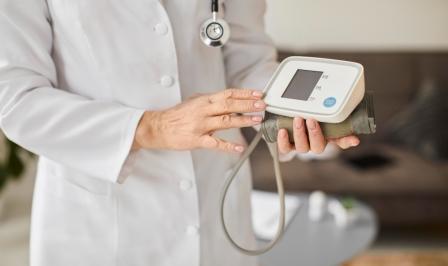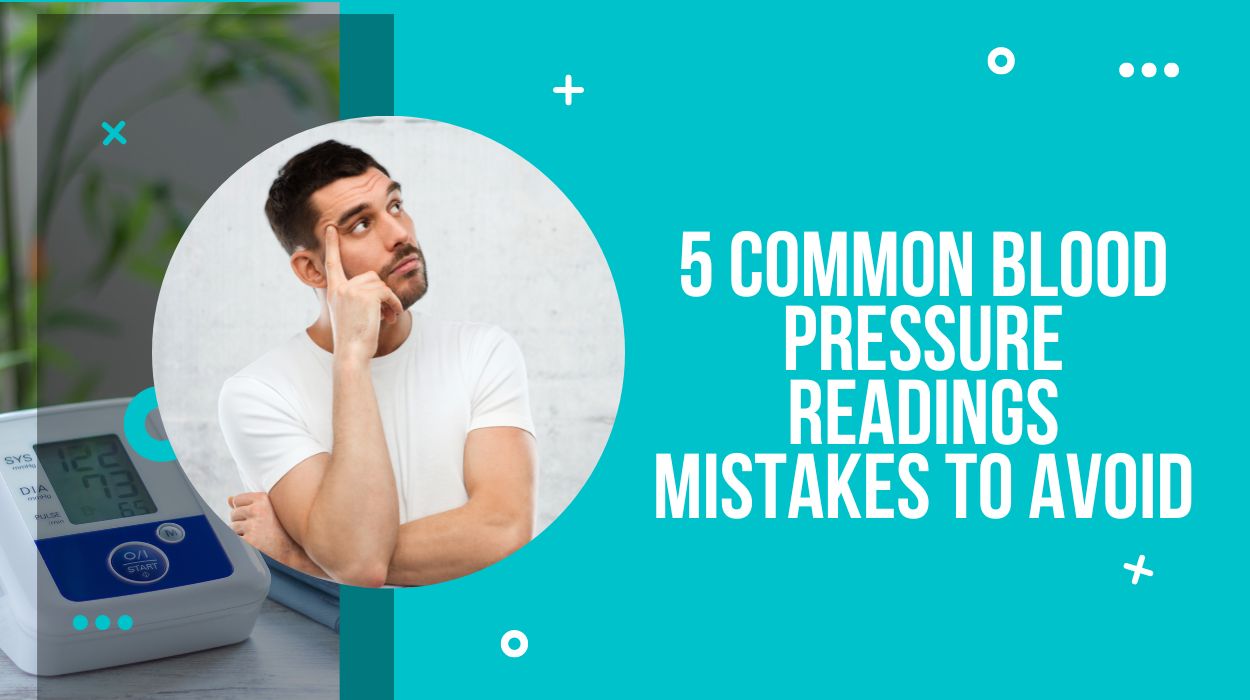The electronic tonometer today is in almost every home. This is a mandatory attribute of home medicine in the elderly, and young people began to mass acquire this medical device. However, not everyone knows how to use it correctly. Hence the talk of inaccurate electronic tones and other misconceptions about blood pressure. drugresearch was versed in the most popular mistakes made when measuring blood pressure on its own.
Arteries and pressure measurement methods
For the first time in the history of humanity, blood pressure (AD) was measured by Stephen Gailes in 1714. Over the next 200 years, a whole galaxy of scientists came up with different ways to measure pressure and created various devices until, finally, in 1905, our compatriot, military surgeon N.S. Korotkov developed a sound method for measuring blood pressure, which is also called auscultating. This method has been used for more than 100 years in mechanical (manual) tonometers.
The essence of Korotkov’s method is this: the patient’s shoulder is put on the cuff (the sleeve of Riva-Rochchi, named after its inventor), and the air is pumped into it. The air pressure in the cuff is tracked by the gauge, which the doctor closely watches. In this case, the stethoscope (or phonendoscope in later versions) is placed on the projection of the shoulder artery in the elbow pit. What’s going on?
- The air is pumped into the cuff until it is higher than the person’s systolic pressure. This point is simple: the doctor stops hearing any sounds. The blood flow is completely blocked.
- Then the doctor begins to wring the air out of the cuff gradually, and the pressure in it drops. As soon as it becomes equal to a person’s systolic pressure, the doctor hears the so-called first tone of Korotkov. At the moment of systole, the pressure in the shoulder artery increases, and blood jerks pass through the vessels of the shoulder. Therefore, sounds and noises are uneven.
- The doctor continues to beat the air, the pressure in the cuff falls even lower, the sound in the phonendoscope becomes deafer – and disappears altogether. At this point, the diastolic pressure is fixed. As soon as the pressure in the cuff falls below this indicator, it means that there are no more obstacles to the blood flow.
Mechanical tonometers are inconvenient because a person must have certain skills to use them. As a result, the human factor plays too much role in the measurement of pressure by Korotkov.
Therefore, electronic tonometers have gained popularity based on the oscillometric method of measuring blood pressure. The essence of the method is to register a change in the volume of tissues during the pulsation of the artery, depending on the dosed pressure exerted on the limb. That is, the equipment reads invisible to the eye changes of pressure in the cuff. Physiologist E. Mary first proposed this technique in 1876. Today, humanity has acquired computers and analytical programs that allow us to calculate the data of any bulkiness. Let’s also add that, unlike the tonometers, working by the Method of Korotkov, electronic tonometers allow you to apply the cuff even on a thin layer of fabric. The error of modern electronic tonometers does not exceed 3 mm Hg. Art.
However, with the home use of the influence of the human factor, it is still impossible to avoid. What mistakes do ordinary patients make who want to measure pressure on their own?
Blood Pressure Readings Mistakes

Wrong cuff choice
The stores sell wrist electronic tonometers and shoulder. The first, as you can guess from the name, is put on the wrist. But they have several limitations. Wrist tonometers are not recommended:
- Obese people, because their blood pressure indicators are very much dependent on how far from the heart will be the tonometer. In addition, people with excess weight have a vascular diameter – the size is fickle. Therefore, there is a high risk of getting the wrong indicators.
- People over 45 years of age because as they age, the vessels lose elasticity.
So, when you try to use wrist tonometers for these categories of people, the probability of the wrong indicator is very high. If the tonometer is purchased into the family and not for a specific person, it is better to immediately buy the option with the shoulder cuff to use it for all family members.
Wrong Cuff Size
This is the most common mistake in measuring blood pressure. It would help if you chose the cuff based on the length of the circumference of the person’s shoulder. In an adult, this figure is in the range of 23-32 cm. A too-large cuff will lead to an understatement of blood pressure, and too short and narrow, on the contrary, will overstate them.
American cardiologists recommend that the length of the inflated part of the cuff (pneumatic chamber) should be at least 80% of the length of the circumference of the shoulder, i.e., approximately 18-26 cm. The width of the cuff should correspond to about 40% of the length of the shoulder circumference, that is, equal to about 12-14 cm.
Included in the tonometer is a cuff for a medium-sized adult. If the arm girth is significantly larger (or smaller), you need to take care of purchasing a special cuff of the appropriate size.
Wrong body position
To accurately determine blood pressure, it is necessary to eliminate the influence of gravity as much as possible. Traditionally, it is customary to measure blood pressure at the heart level. At the same time, the vertical position of the body provides the most accurate indicators. The position of lying on the side or other postures creates additional obstacles. You can put the patient on the back, but the limb should be at the heart level in this case. In addition, the figures increase by 3-5 mmHg. If the cuff is above the heart – blood pressure will be understated. If lower – on the contrary, overstated. The error can be quite significant: every 2-3 cm up or down from the heart level give, respectively, minus or plus 2 mm Hg. Art.
Cardiologists talk about the so-called phlebostatic axis, which passes approximately through the point of connection of the IV rib with the sternum – at this level is the middle of the camera of the right atrium. It should be guided as a “heart level” when measuring blood pressure. Doctors point out that in people with kyphosis or chronic obstructive pulmonary disease (COPD), this axis can be displaced, so self-measurement of pressure in such patients can lead to erroneous indicators.
So, the correct position: sitting on a chair with a back, the hand lies freely on the table, emphasizing the elbow area. You can’t move your hand during the measurement. You can’t even talk.
Wrong Cuff Overlay
When measuring blood pressure, thick clothing must be removed: sweater, jacket – all this will worsen measurement accuracy. When using electronic tonometers, the cuff can be applied directly to the shirt. Legs can not cross or throw the knee on the knee – this leads to an increase in systolic blood pressure by 2-8 mm Hg. Art.
Interestingly, you can measure the pressure on different parts of the arms and legs – on the wrists, on the toes, on the ankles, and the results will vary depending on the distance to the heart. The farther from the heart is the area on which the pressure is measured, the greater the systolic pressure and the less diastolic. The average is little changed.
One in five people has a difference in blood pressure on their right and left arm at more than 10 mmHg. At the same time, the choice is always made in favor of large values.
Trying to measure pressure several times.
One of the most popular mistakes is to try to measure pressure several times, and even on the same hand. The results suggest that the person thinks about the defective tonometer or that all electronic tonometers lie. And the fact is that the vessels at the first dimension have time to adapt to decompression. Therefore, the second and subsequent attempts to measure pressure give very different results than the first: the figures can differ by 20-40 mm Hg. Therefore, it is important to follow the instructions and make repeated measurements no earlier than 7-10 minutes.
Blood pressure and patient psychology
In no small part, a person’s pressure depends on what he did before the measurement. Therefore, several rules that take into account the patient’s psychology should be strictly observed:
- 5-10 minutes is required to adapt the person to the doctor’s office. “White coat syndrome” is one of the main problems of measuring blood pressure in conventional clinics. Hidden fear of doctors is reflected in elevated blood pressure.
- Trying to measure the pressure immediately after coming from the street or in a state of excitement adds 20 to 40 mm Hg. Art.
- Conversations during the measurement can “throw” another 10 mm Hg. Art.
- The last cigarette should be smoked in at least 1.5-2 hours before measuring pressure.
- At least an hour before the procedure should not take food, and two hours – a minimum period after consumption of alcohol, tonic drinks.
- After taking the eye and capillary drops should also take 1.5-2 hours.
And the last important point. If you suspect that the tonometer is “junk,” – check the batteries or try to switch to power. This may be the reason for the “jumps” of AD.


